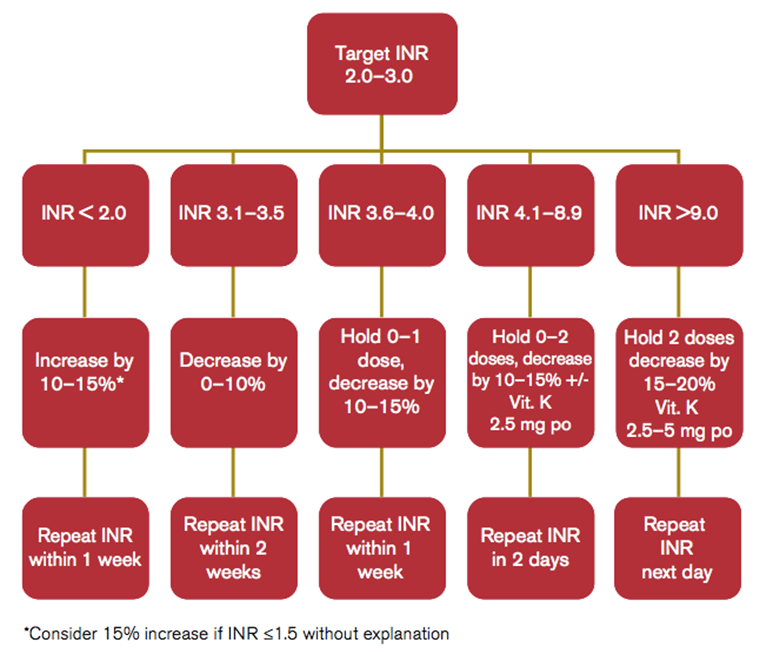

8 Cardiac arrhythmias account for most deaths.

10 Visual effects (blurred vision, colour disturbances, haloes and scotomas) are rarer in contemporary practice. They commonly include lethargy, confusion and gastrointestinal symptoms (anorexia, nausea, vomiting, diarrhoea and abdominal pain).

The clinical features of toxicity are often non-specific. 11 These conditions include hypokalaemia, hypomagnesaemia, hypercalcaemia, myocardial ischaemia, hypoxaemia and acid–base disturbances. They at least partly account for patients who develop toxicity when their serum digoxin concentration is within the therapeutic range. 10Īlthough the serum digoxin concentration does predict the likelihood of toxicity, 8, 11 several conditions increase sensitivity to digoxin. 8 Consequently, a higher serum digoxin concentration for a given dose occurs in patients with renal impairment, lower body weight and in those taking amiodarone, verapamil, macrolides, azole antifungals and cyclosporin, which inhibit P-glycoprotein transport. Transport by P-glycoprotein also contributes to elimination. The elimination of digoxin is mainly by renal clearance and is prolonged in patients with renal impairment. 9 This applies in both acute and chronic poisoning. Only a post-distribution measurement reflects the severity of intoxication and this is the measurement that can help when calculating the dose of digoxin-specific antibody. This means that the serum digoxin concentration is inaccurate unless taken at least six hours after the last dose. Digoxin also causes an increase in vagal activity, reducing activity in the sinus node and prolonging conduction in the atrioventricular node.Īfter a dose of digoxin, distribution to the tissues takes several hours. 8 Inhibition of this pump causes the hyperkalaemia commonly seen in toxicity. Increased intracellular calcium increases cardiac contractility, but also the risk of tachyarrhythmias. Digoxin increases intracellular calcium in myocardial cells indirectly, by inhibiting the sodium–potassium pump in the cell membrane.


 0 kommentar(er)
0 kommentar(er)
